Los Huesos (2021): a macabre ritual in stop motion | un ritual macabro en stop motion
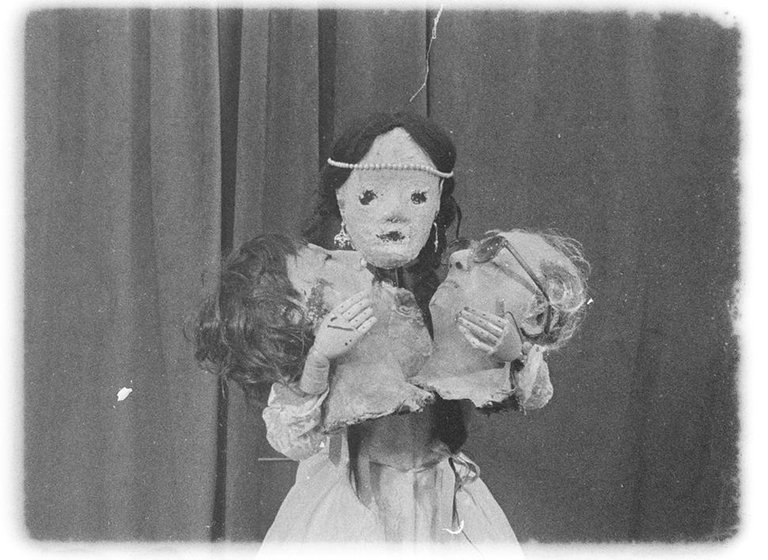
Several people have told me that they don't watch a lot of movies because "they don't have time", they don't have two or three free hours to watch a movie and that's why they prefer to watch an episode of a series (then they watch two or three episodes in a row , but we're not going to judge them) and normally they are comfortable programs, light series. So, I believe, the issue is not time, it's something else, because to see some good cinema, fifteen minutes is enough.
Varias personas me han dicho que no ven mucho cine porque "no tienen tiempo", no disponen de dos o tres horas libres para ver una película y que por eso prefieren ver el capítulo de alguna serie (luego ven dos o tres episodios seguidos, pero no los vamos a juzgar) y normalmente se trata de programas cómodos, de series ligeras. Entonces, creo yo, el tema no es el tiempo, es otra cosa, porque para ver algo de buen cine muchas veces basta con quince minutos.
And it's there, both for those people and for those who venture to discover new corners of the cinematographic universe, where short films are an excellent option. Just as in literature, where there are long stories called novels and short stories, in cinema we have feature films (movies) and short films. It's difficult to establish a dividing line, but most agree that if the film product doesn't exceed sixty minutes it's a short film. When they last 15 or 25 minutes, there's no doubt, but when they are 60 or 62 one begins to question whether it's a long short film or a short feature film (a bit like what happens in literature with novellas). Anyone can tell a story in two hours (it's an expression, don't take it literally) but doing it in ten minutes is more challenging. That is why it's worthwhile that in just 14 minutes Cristóbal León and Joaquín Cociña have told an original, macabre, perversely childish story that navigates between the most impressive terror and the innocence of a child's game. And furthermore, the choice of having made Los Huesos (The Bones) in stop motion, in black and white and pretending to be a film more than a hundred years old, elevates it to a more artistic level. The following is not a warning, but rather a form of promotion for this short piece of cinema: it's probably unlike anything you have seen before.
Y es allí, tanto para esa gente como para quienes se aventuran a descubrir nuevos rincones del universo cinematográfico, en donde los cortometrajes son una excelente opción. Tal como ocurre en la literatura, en donde hay historias largas llamadas novelas e historias cortas que son relatos, en el cine tenemos los largometrajes (películas) y los cortometrajes. Es difícil establecer una línea divisoria, pero la mayoría concuerda en que si el producto cinematográfico no supera los sesenta minutos se trata de un cortometraje. Cuando duran 15 o 25 minutos, no hay dudas, pero cuando tienen 60 o 62 uno comienza a cuestionarse si es un cortometraje largo o un largometraje corto (un poco como ocurre en la literatura con las novellas). Contar una historia en dos horas lo hace cualquiera (es una expresión, no se lo tomen literal) pero hacerlo en diez minutos es más desafiante. Por eso tiene mérito que en apenas 14 minutos Cristóbal León y Joaquín Cociña hayan contado una historia original, macabra, perversamente infantil, que navega entre el terror más impresionante y la inocencia de un juego de niños. Y además, la elección de haber realizado Los Huesos en stop motion, en blanco y negro y simulando ser una película de más de cien años de antigüedad, la eleva a un nivel más artístico. Lo siguiente no es una advertencia, sino más bien una forma de promoción de esta breve obra cinematográfica: probablemente no se parezca a nada que hayan visto antes.
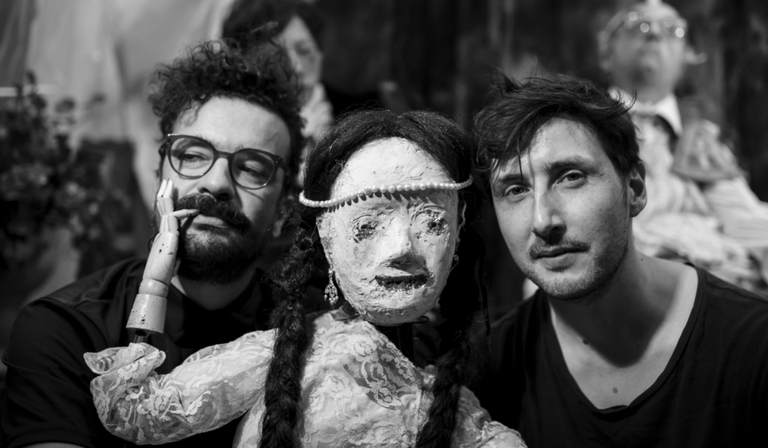
Perhaps the names of Cristóbal León and Joaquín Cociña do not tell you much, but this talented Chilean duo surprised the world in 2018 with their film, also made in stop motion, La Casa Lobo (The Wolf House), a disturbing, disturbing, hypnotic and very well told story with a terrible historical and political background related to the time of the dictatorship of Augusto Pinochet in Chile.
Tal vez los nombres de Cristóbal León y Joaquín Cociña no les digan mucho, pero esta talentosa dupla chilena sorprendió al mundo en 2018 con su película, también realizada en stop motion, La Casa Lobo, una historia inquietante, perturbadora, hipnótica y muy bien contada con un terrible fondo histórico y político relacionado con la época de la dictadura de Augusto Pinochet en Chile.
In Los Huesos there's also terror and politics, but in a different way. At the beginning of the film it's indicated that the short film dates back to 1901, which would make it the oldest stop motion film in the world, but it's a lie. It's only part of the fiction of what is going to be narrated. The creators asked themselves, what if the first stop motion film in history were Chilean? and their answer is this work in which we see a teenager carrying out a macabre ritual. Bones and skulls begin to emerge from the earth and dance around them. First we see a femur, another, a hand, a skull, another skull, then these bones are covered with skin and we see amputated limbs dance with each other... they are disturbing images, even though they are in black and white and animated filming. The ritual seems to be a kind of resurrection, the exhumation of two male corpses that later come to life thanks to the spells of this teenage witch, but who are these characters? The girl is Constanza Nordenflycht, a teenager who in the 19th century had a relationship with Diego Portales, an important character in Chilean history; The two men are Portales himself and Jaime Guzmán. Now, beyond the aforementioned relationship, why are these the bodies exhumed? How are they related? Portales was the promoter and ideologist of the Constitution of 1833, and Jaime Guzmán the father of the Constitution of 1980.
En Los Huesos también hay terror y política, pero de una forma diferente. Al inicio de la cinta se indica que el cortometraje data de 1901, lo que lo convertiría en la película de stop motion más antigua del mundo, pero es mentira. Es sólo parte de la ficción de lo que va a narrarse. Los creadores se preguntaron, ¿y si la primera película de stop motion de la historia fuera chilena? y su respuesta es esta obra en la que vemos a una adolescente que lleva a cabo un macabro ritual. Huesos y cráneos comienzan a emerger de la tierra y a danzar a su alrededor. Primero vemos un fémur, otro, una mano, un cráneo, otro cráneo, luego estos huesos se recubren de piel y vemos miembros amputados bailar unos con otros... son imágenes inquietantes, por más que sean en blanco y negro y en filmación animada. El ritual pareciera ser una especie de resurrección, de exhumación de dos cadáveres masculinos que luego cobran vida gracias a los conjuros de esta bruja adolescente, pero ¿quiénes son estos personajes? La niña es Constanza Nordenflycht, una adolescente que el siglo XIX mantuvo una relación con Diego Portales, importante personaje de la historia chilena; los dos hombres son el propio Portales y Jaime Guzmán. Ahora bien, más allá de la relación mencionada, ¿por qué son estos los cadáveres exhumados? ¿qué relación hay entre ellos? Portales fue el impulsor e ideólogo de la Constitución de 1833, y Jaime Guzmán el padre de la Constitución de 1980.
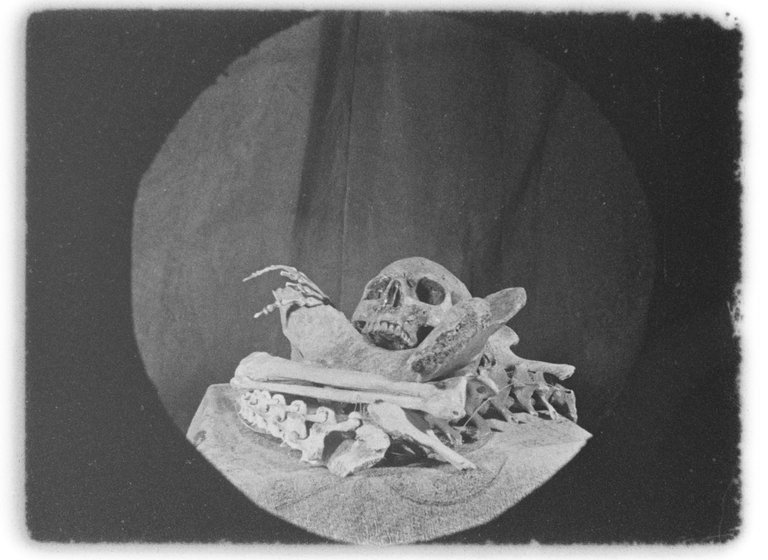
After the social outbreak in Chile (October 2018) and having to take a break due to the CoVid-19 pandemic, starting in 2020, a process of changing the constitution began in the country because it was considered that the current one responded to different interests and not to the well-being and security of the people. In this context, the ritual carried out in Los Huesos is a kind of exorcism that seeks to "free Chile from its feudal heritage" (quoted from MUBI); Therefore, the girl invokes the spirits of the two condemned ministers.
Tras el estallido social en Chile (Octubre de 2018) y teniendo que hacer una pausa por la pandemia de CoVid-19, a partir de 2020 se inició en el país un proceso de cambio de la constitución por considerarse que la vigente respondía a intereses distintos al bienestar y la seguridad del pueblo. En ese contexto, el ritual llevado a cabo en Los Huesos, es una especie de exorcismo que busca "liberar a Chile de su herencia feudal" (citado de MUBI); por eso, la chica invoca a los espíritus de los dos ministros condenados.
Three years after La Casa Lobo won the award for best animated film at the Havana Festival, which was also recognized by the Boston Film Critics Association, among other institutions, Cristóbal León and Joaquín Cociña won the Golden Lion for best short film in the Horizontes section at the Venice Film Festival with Los Huesos. This small and macabre story of false antiquity filmed in stop-motion and in black and white, has a lot of La Casa Lobo, but also evokes something of Tim Burton (not in the style, but in the atmosphere) and also has the joy, which is no less, having among its producers none other than Ari Aster, one of the directors who has stood out in horror films in recent years. Los Huesos begins as a children's story, but that sweet music at the beginning becomes more strident when the story begins to transform into a gothic-tinged fantasy, worthy - I believe - of the taste of Mariana Enríquez, one of the people who knows the most about horror and who writes it best. If you like horror, stop motion, animated films, if you liked La Casa Lobo or if you want to see something different and don't have much time, see Los Huesos (available on MUBI), it will be an experience interesting, perhaps a little uncomfortable, but in any case, different, have any of you seen this short film? I read you in the comments.
Tres años después de que La Casa Lobo obtuviera el premio como la mejor película de animación en el Festival de La Habana, que fuera reconocida también por la Asociación de Críticos de Boston, entre otras instituciones, Cristóbal León y Joaquín Cociña obtuvieron el León de Oro al mejor cortometraje en la sección Horizontes en el Festival de Cine de Venecia con Los Huesos. Esta pequeña y macabra historia de falsa antigüedad filmada en stop-motion y en blanco y negro, tiene mucho de La Casa Lobo, pero también evoca algo de Tim Burton (no en el estilo, sino en la atmósfera) y además tiene la dicha, que no es menor, de contar entre sus productores con nada más y nada menos que con Ari Aster, uno de los directores que ha destacado en el cine de terror en los últimos años. Los Huesos comienza como un cuento para niños, pero esa música dulce del inicio se va volviendo más estridente cuando la historia comienza a transformarse en una fantasía de tintes góticos, digna - creo yo - del gusto de Mariana Enríquez, una de las personas que más sabe de terror y que mejor lo escribe. Si les gusta el terror, el stop motion, las cintas animadas, si les gustó La Casa Lobo o si quieren ver algo diferente y no tienen mucho tiempo, vean Los Huesos (disponible en MUBI), será una experiencia interesante, quizás algo incómoda, pero en todo caso, diferente, ¿alguno de ustedes ha visto este cortometraje? Los leo en los comentarios.
Reseñado por @cristiancaicedo
Other posts that may interest you | Otros posts que pueden interesarte:
  |
|---|
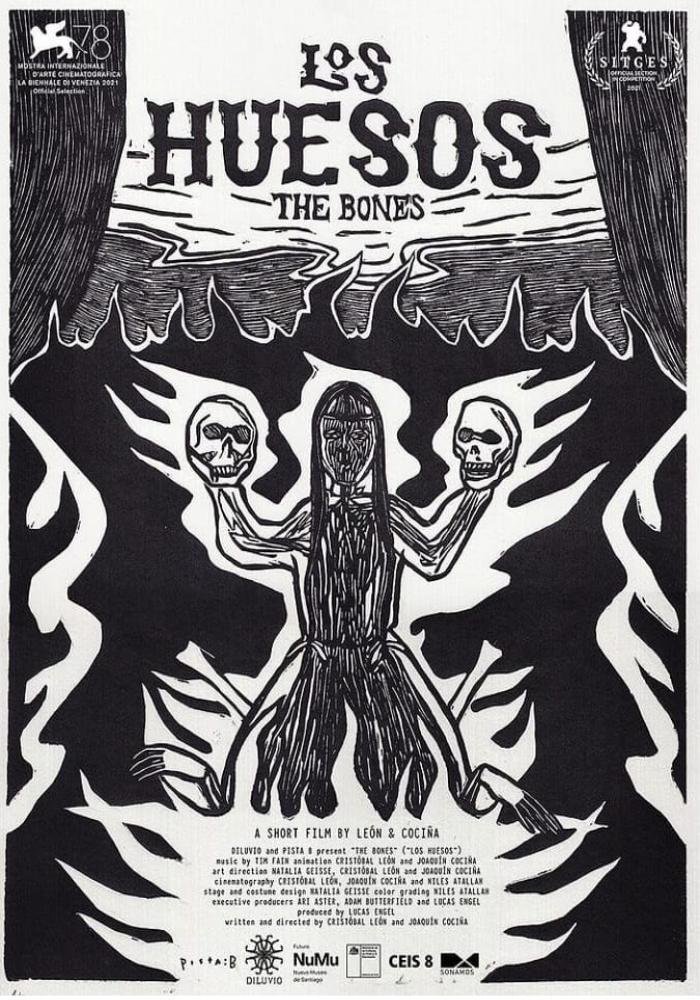


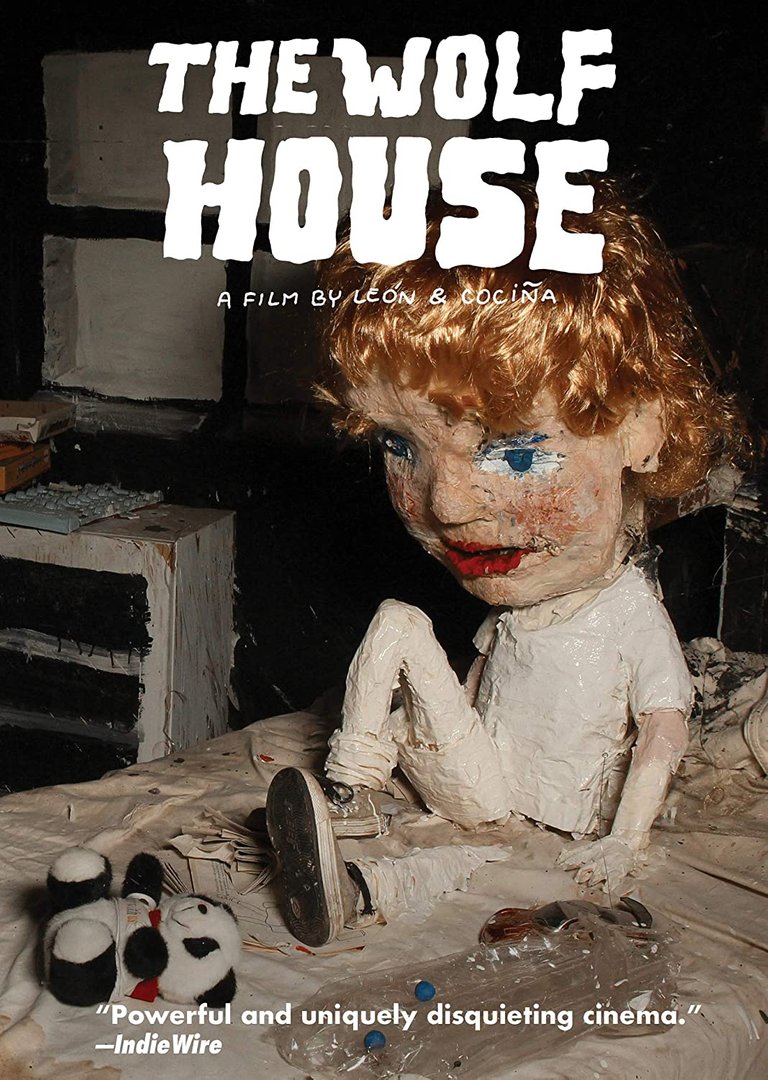
Bueno, me has dejado con ganas de verlas y de ponerme al día copn estas obras.
Gracias @cristiancaicedo
Cuando dijiste stop motion ya me tenías enganchada, y con todo lo que comentas sobre la atmósfera que transmite y la temática inquietante general parece una excelente opción para personas que nos encantan las historias pero no tenemos demasiado tiempo (de verdad jaja)
Concuerdo en que cuando dispones de menor tiempo contar realmente bien una historia es todo un reto, así que se haya logrado en este caso ya tiene un mérito muy resaltante.
Definitivamente veré Los Huesos. Muchas gracias por esta excelente reseña ✨